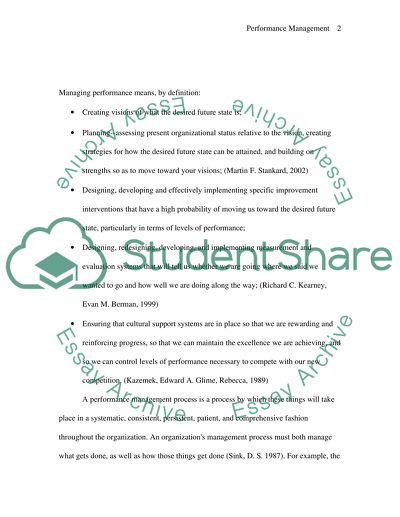Retrieved from https://studentshare.org/miscellaneous/1501289-the-potential-for-performance-management-to-contribute-to-organizational-effectiveness
https://studentshare.org/miscellaneous/1501289-the-potential-for-performance-management-to-contribute-to-organizational-effectiveness.


